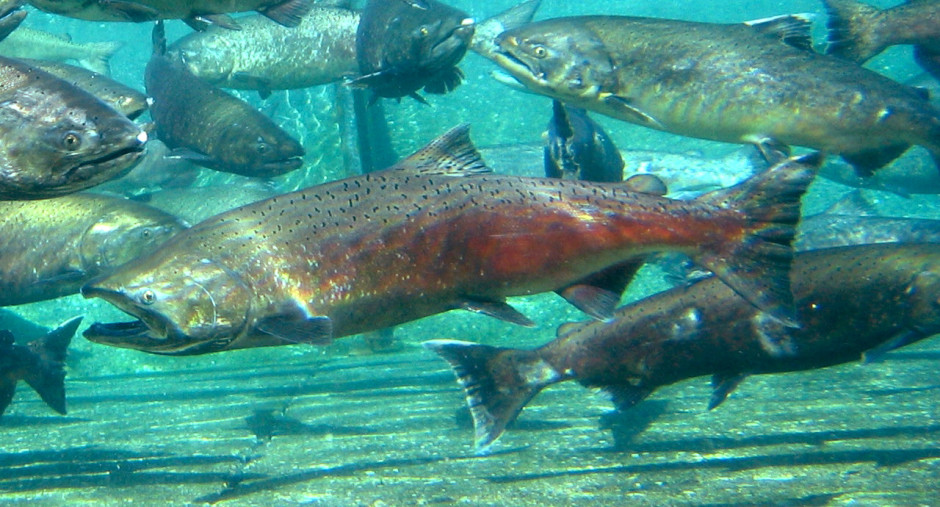
Idaho Chinook Salmon Numbers Rise, For Now…But Extinction Looms
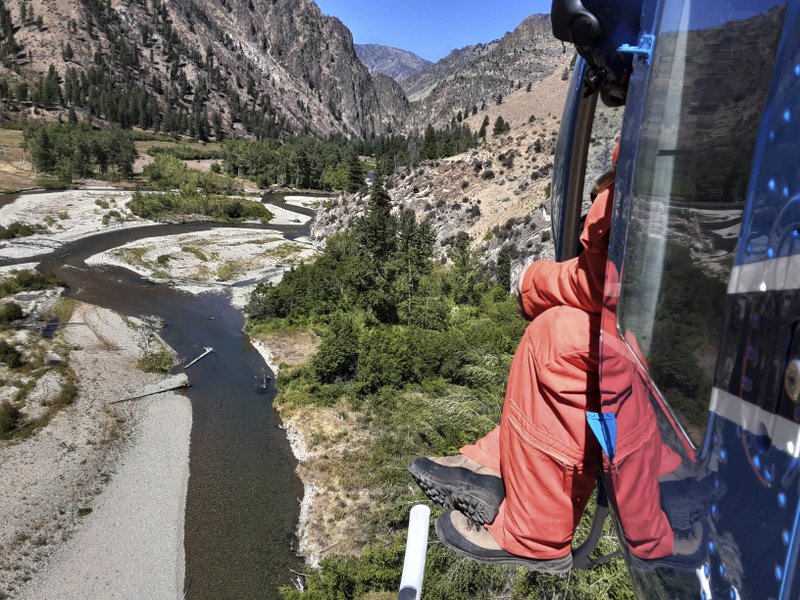
READ ON
BY KEITH RIDLER / AP
A unique population of salmon that for thousands of years has been reproducing in one of Idaho’s wildest places experienced a small increase in adults returning to spawn this year.
But the number of chinook salmon returning to the Middle Fork of the Salmon River and its tributaries is just a tiny fraction of historic numbers, experts said.
“More is better, but it’s still abysmal numbers,” said Russ Thurow, a research fisheries scientist with the U.S. Forest Service based in the small city of Salmon. “We’re bouncing around just above extinction.”
A survey completed in September of spawning beds found that about 900 chinook salmon, which can surpass 20 pounds (9 kilograms), returned this year compared to 320 last year.
Most of the basin is protected in the Frank Church River of No Return Wilderness. It contains about 460 miles (740 kilometers) of still pristine spawning habitat that in the 1800s experienced an annual return of an estimated 150,000 adult salmon.
Spawning bed surveys from the 1950s and 1960s led to an estimate of nearly 50,000 salmon returning those years before the runs plummeted following the completion of dams on the Snake River.
The salmon swim from 800 to 900 miles to their spawning grounds, some of which are at an elevation of over 6,000 feet (1,800 meters).
“It’s definitely on the extreme end of what salmon do,” said Eli Felts, a fisheries biologist with the Idaho Department of Fish and Game, which conducted the spawning bed surveys this year.
Wildfires, landslides, floods and other natural events happen without human interference in the wilderness area.
Scientists said salmon having to deal with that changing environment has made the population highly resilient, an important characteristic that has helped the salmon persist for thousands of years.
Scientists view their research of the salmon as a unique opportunity to better understand the dynamics of the entire Columbia River Basin and for boosting numbers of salmon and steelhead. Both species are both economically and culturally important for the region.

File photo. Adult fall Chinook salmon in the Priest Rapids Hatchery. CREDIT: Pacific Northwest National Laboratory
Scientists have said that the Middle Fork Salmon River salmon can be viewed as a rare control group in a vast experiment in the Columbia River Basin.
Salmon and steelhead populations in the region are affected by what scientists call the “four Hs.” Those include habitat degradation, hatchery influence, harvest and hydropower.
Middle Fork Salmon River have a pristine habitat, are not influenced by salmon hatcheries and are rarely caught by anglers based on studies that track tagged salmon. That isolates dams used for hydropower as the main problem limiting the fish’s recovery.
Throughout the Columbia River Basin, more than $16 billion has been spent over the last three decades trying to save salmon and steelhead.
Dams lead to the deaths of many young salmon as they head downstream to the ocean.
Generally, a goal of up to 6% of the young fish that head downstream returning as adults is desired. But most species are experiencing returns of less than 1%, which scientists have said isn’t sustainable. Salmon from Idaho must pass through four dams on the Snake River in eastern Washington and four more on the Columbia River.
Most wild Columbia River Basin chum, pink and coho salmon stocks have become extinct. Thirteen surviving species of Columbia Basin salmon and steelhead are protected under the Endangered Species Act, including the Middle Fork Salmon River chinook salmon, listed as threatened in 1992.
In a decision criticized by environmentalists, the U.S. government in July announced that four huge dams on the Snake River in Washington state will not be removed.
“Until we do a better job of reducing those harms caused by the hydro-systems, and especially for Snake River fish, I think that we’re going to continue to spend a lot of money and not deliver results,” said Joseph Bogaard of Save Our Wild Salmon, a coalition of about 40 salmon and fishing groups that wants to restore salmon to levels that would allow them to be fished throughout the region.
Copyright 2020 Associated Press
Related Stories:
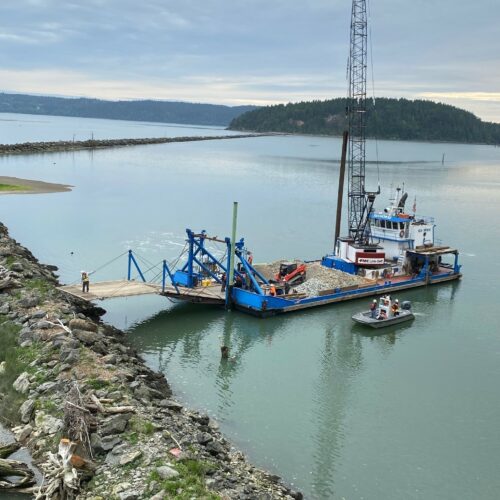
Dead salmon prompt Army Corps of Engineers to repair Skagit River jetty
The Army Corps of Engineers began emergency repair work May 22 on a jetty that sits at the mouth of the Skagit River’s North Fork, near La Conner.
Crews will use cobble and sediment to essentially plug porous areas of the McGlinn Island Jetty. Those gaps have stranded, harmed or killed out-migrating juvenile salmon this spring, according to a press release from the Swinomish Indian Tribal Community.
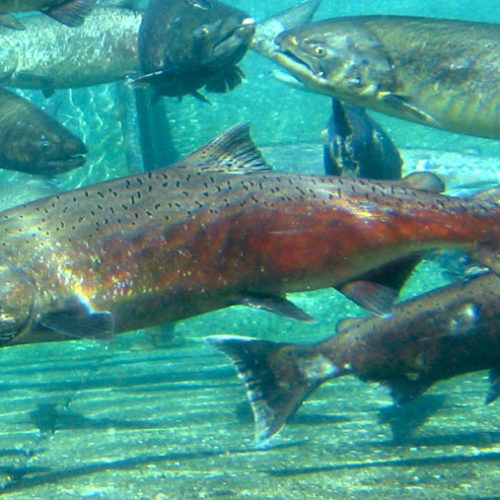
A Mixed Bag: Northwest’s Iconic Salmon Face Tough Conditions During Ocean Journey
Salmon survive best when the water is cooler along the coast and warmer farther out. Colder La Niña conditions have also led to higher salmon counts. Right now, that’s exactly what’s happening. But things will likely change over the summer.
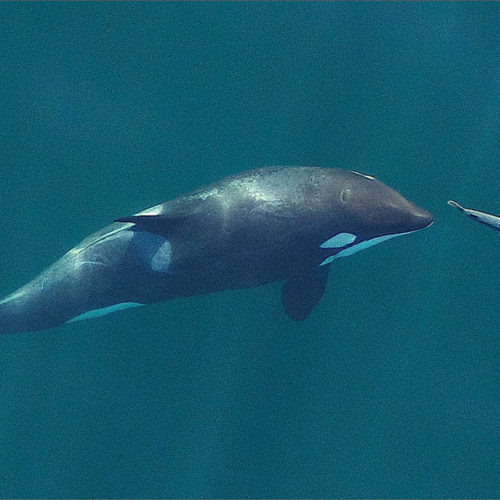
Study: Chinook Salmon Are Key To Northwest Orca Population All Year
By analyzing the DNA of orca feces as well as salmon scales and other remains after the whales have devoured the fish, the researchers demonstrated that the while the whales sometimes eat other species, including halibut, lingcod and steelhead, they depend most on Chinook. And they consumed the big salmon from a wide range of sources — from those that spawn in California’s Sacramento River all the way to the Taku River in northern British Columbia.















